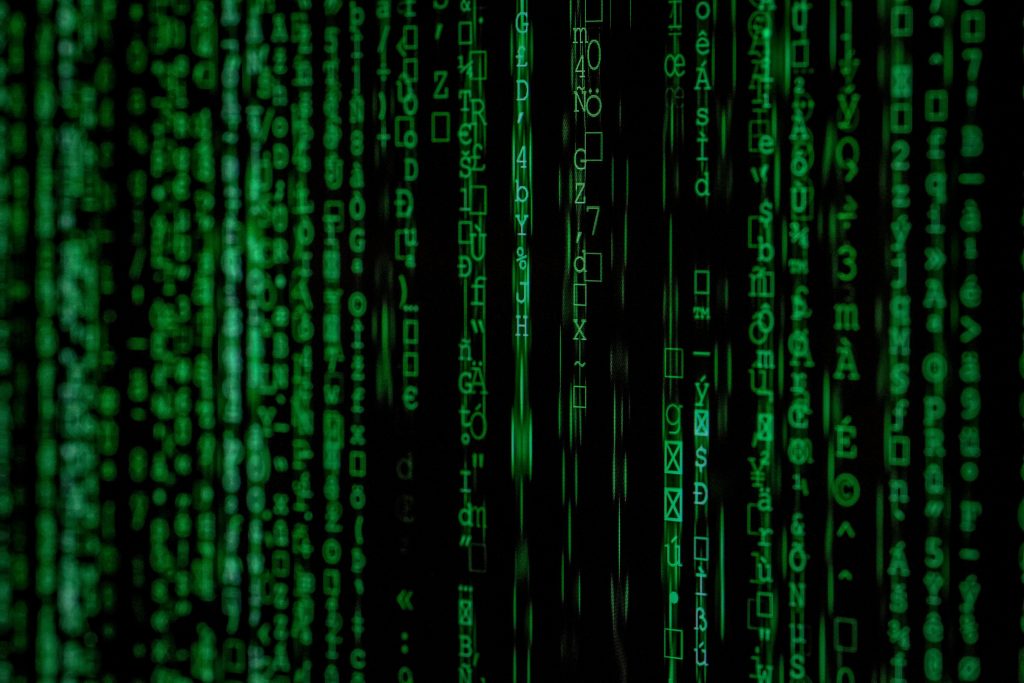Troubleshooting Sound Issues on Your Old Samsung Blu-ray Player: A Comprehensive Guide
Purchasing an older model of a Blu-ray player, like a Samsung, can be both an exciting and cost-effective way to enjoy high-definition movies in the comfort of your home. However, encountering technical difficulties such as a lack of sound can be incredibly frustrating. Fear not, as this comprehensive guide will help you troubleshoot the sound issues you might be experiencing with your Samsung Blu-ray player. Let’s explore potential causes, solutions, and preventative measures to ensure you can enjoy your cinematic experience without interruption.
Understanding Your Samsung Blu-ray Player
Before delving into the potential solutions, it’s essential to understand what a Blu-ray player does. These devices are designed to read Blu-ray discs format, which offers superior video and audio quality compared to DVDs. They utilize HDMI connections to deliver high-definition video and audio signals to your TV or audio receiver. When the audio isn’t working, it disrupts this streamlined experience, prompting the need for effective troubleshooting.
Common Causes of Audio Issues in Blu-ray Players
Several factors can contribute to audio issues on an older Samsung Blu-ray player. Understanding these underlying causes can better equip you to address the problem efficiently.
1. HDMI Connection Problems
HDMI cables transmit both video and audio signals, so any problem with the cable or the connection can result in sound issues:
- Faulty HDMI Cable: While you mentioned replacing the HDMI cable, it’s possible the replacements were faulty as well. Verify compatibility and quality.
- Loose Connection: An insecure connection can disrupt signal transmission. Ensure the cable is firmly connected to both your Blu-ray player and TV or receiver.
- Port Issues: The HDMI port, either on your Blu-ray player or the TV, may have damage or dirt buildup.
2. Audio Settings Misconfiguration
Sometimes, the issue lies within the settings of the Blu-ray player or the connected devices.
- Correct Audio Output: Ensure your player’s audio output settings match those of your TV or receiver. This typically requires the player to be set to output audio via HDMI.
- TV Settings: Check that your TV is set to receive audio from the HDMI input channel you are using.
3. Firmware Issues
Blu-ray players, like any other electronic device, require updated firmware to run efficiently.
- Outdated Firmware: Older devices may not support newer audio formats unless their firmware is updated to the latest version.
4. Media-Specific Problems
The disc itself could prompt audio issues:
- Disc Condition: Scratches or damage to the disc can result in playback problems.
- Audio Format Incompatibility: Some discs may use newer audio formats not compatible with older players.
Step-by-Step Troubleshooting Guide
Troubleshooting can seem intimidating, but it becomes manageable when broken down into smaller steps. Here’s how you can methodically approach and resolve the issue:
Step 1: Inspect the HDMI Cable and Connection
- Visual Inspection: Examine the HDMI cable and the ports for physical damage.
- Reconnections: Unplug and then securely re-plug the HDMI cable.
- Alternative Cable: Use a different, preferably new and certified HDMI cable to rule out any cable faults.
Step 2: Verify Audio and Connection Settings
-
Blu-ray Player Settings: Navigate to the audio settings menu on your Blu-ray player. Select the appropriate HDMI output option and ensure any audio enhancements or configurations match your TV or home theater requirements.
-
TV Settings: Access your TV’s settings menu and select the correct input source. Check the audio settings to ensure HDMI is set as the priority or default audio source.
Step 3: Update Firmware
- Check for Updates: Visit the Samsung support website and locate the model of your Blu-ray player. Follow the provided instructions to download and install any available firmware updates.
Step 4: Test with Different Media
- Alternate Discs: Try playing different discs to determine if the issue is related to a specific Blu-ray disc.
- Digital Content: If available, test streaming or digital content to see if the issue persists beyond physical media.
Step 5: External Audio Solution (if applicable)
Sometimes, the internal audio capability of a TV may not be optimal. If you have external speakers or an audio receiver:
- Audio Receiver Setup: Connect the Blu-ray player directly to your audio receiver, ensuring the settings align correctly.
Examples and Real-World Insights
Many users have dealt with similar issues with varying success in resolutions. Let’s look at some examples:
Case Study 1:
User A was experiencing no sound from their Samsung Blu-ray player. Following online advice, they discovered the HDMI output setting on their device was accidentally switched to component, which doesn’t support audio. After correcting this, normal sound function resumed.
Case Study 2:
User B faced audio issues due to outdated firmware. By downloading the latest firmware update from Samsung’s official website and installing it via a USB flash drive, they quickly resolved the problem.
Preventative Measures
While solving current problems is crucial, preventing future issues is equally important. Here’s how:
- Regular Maintenance: Routinely clean your Blu-ray discs and player to prevent dust and debris buildup.
- Update Firmware Regularly: Enable automatic updates if possible, or periodically check for available firmware updates.
- Cable and Port Care: Store HDMI cables carefully and avoid unnecessary plugging and unplugging to maintain port integrity.
Conclusion
Encountering sound issues on your Samsung Blu-ray player can be disheartening, but with systematic troubleshooting, the problem is often fixable. By understanding the potential causes and following a detailed step-by-step guide, you can restore your device to full functionality. Regular maintenance and updated firmware will help prevent future issues, ensuring a seamless and enjoyable viewing experience. Whether you’re revisiting old classics or exploring new film releases, your Blu-ray player will once again become the heart of your home entertainment system.
Share this content:




Thank you for sharing this comprehensive guide on troubleshooting sound issues with older Samsung Blu-ray players! It’s refreshing to see such a detailed approach to a common problem that many users encounter.
In addition to the steps you’ve outlined, I would recommend a few extra checkpoints that might help resolve sound issues. Firstly, for users with a surround sound setup, confirming that the audio output format matches the capabilities of their audio receiver can make a significant difference, as some older receivers may not handle certain audio formats well.
Additionally, it might be helpful to remind users to test the Blu-ray player with different types of media, including both physical discs and streaming services, to isolate whether the problem is with the player itself or specific media.
Lastly, if all else fails, resetting the Blu-ray player to factory settings can sometimes clear lingering issues that updates or settings adjustments don’t fix. This often prompts the device to reconnect and refresh its settings with the connected home theater system.
Regular maintenance tips, such as keeping cables tidy and dust-free, are great preventative measures. It would also be beneficial to encourage users to keep their remote controls handy, as sometimes middle-of-the-episode tweaks might accidentally mute or change output settings without anyone realizing!
Thanks again for your insightful post. Here’s hoping everyone can get their Blu-ray players up and running smoothly to enjoy their favorite films!
Thank you for sharing your experience with sound issues on your Samsung Blu-ray player. Here are some additional troubleshooting steps and tips to help you resolve this problem:
1. Check Audio Format Compatibility
In addition to checking your settings, ensure that the audio format of the Blu-ray disc is compatible with your player. Sometimes, older models may not support newer audio formats, so refer to the specifications of your player.
2. Alternative Connections
If HDMI continues to fail, try connecting your Blu-ray player to your TV using optical audio cables or RCA cables if available. This can help isolate whether the problem lies with the HDMI connection.
3. Test Different TV Inputs
Sometimes, the problem may reside with the input channel on your TV. Test connecting your Blu-ray player to a different HDMI port and switching the input source on the TV.
4. Perform a Factory Reset
If all else fails, consider resetting your Blu-ray player to its factory settings. This can often resolve settings-related issues. Just remember that this will erase any personalized settings you may have configured.
5. Consult the User Manual
If you still face audio issues, consult the user manual for specific troubleshooting advice related to your Blu-ray player model. You can often find these manuals on the manufacturer’s website.
Response to Blu-ray not giving sound
Hi there! I understand how frustrating it can be to encounter sound issues on your Samsung Blu-ray player. Here’s a thorough approach to help you get back to enjoying your movies without any hitches.
First, let’s revisit the HDMI connection, as it’s often the most common culprit:
Next, ensure that your audio settings are properly configured:
It might also help to update the firmware of your Blu-ray player: